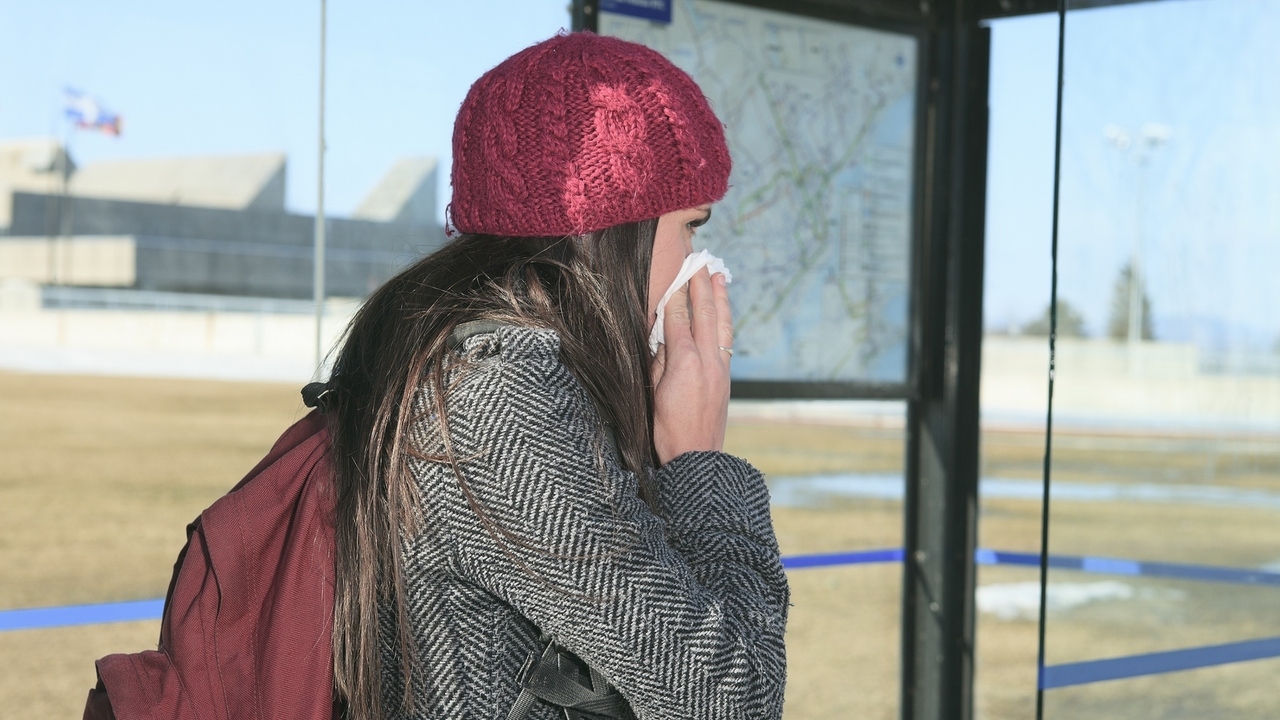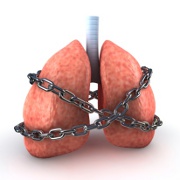With winter well settled in, there is a sharp increase in the number of cases of viral and bacterial infections of respiratory systems that the hospitals and clinics are recording. Let us look at Bronchiolitis – what it is, how we contract it, what symptoms we come down with, its treatment and possible complications we can run into if wrongly diagnosed or not treated on time.
Bronchiolitis is a contagious viral infection that usually affects infants and children by causing inflammation of the bronchioles. The virus is known as Respiratory Syncytial Virus, RSV or human pneumovirus. Infants have narrower bronchial passage and thus they exhibit severe symptoms fairly rapidly while older children generally display milder symptoms. The symptoms of the infection are similar to common cold to start with but deteriorate within 72 hours to wheezing, etc. Some classic symptoms are:
• Rapid heart rate and rapid shallow breathing with wheezes
• Runny and/or stuffy nose
• Fever
• Cyanosis (blue tinge to skin due to lack of sufficient level of O2 in blood)
Though bronchiolitis is most often caused by the RSV virus, it can also be brought in by any of the parainfluenza, coronavirus, metapneumovirus, adenovirus, and rhinovirus.
It is important that you consult a doctor if you see any symptoms such as bluishness of skin, inertia, vomiting, rapid breathing with our without wheezing and loss of appetite in your children. Early diagnosis and timely intervention generally helps treat the condition within a week as there are no vaccines to protect humans from this infectious disease.
Infants younger than six months old or those born premature are most susceptible to bronchiolitis. Other factors that make humans prone to the disease are medications such as corticosteroids which depress the immune system response, a previous case of cardio-pulmonary condition, lack of ample breast feeding, exposure to tobacco smoke and contact with an infected person.
If timely medical intervention is not given, a bronchiolitis patient may suffer respiratory failure, dehydration, high fever and severe fatigue. Such cases require admission in to hospital for close monitoring, intubation, nebulisation, intra-venous fluids etc to avoid fatality.
Mamta Singh is a published author (Migraines for the Informed Woman – Tips from a Sufferer. Publisher: Rupa & Co.), seasoned business, creative and academic writer. She is a certified fitness instructor, personal trainer & sports nutritionist through IFA, Florida USA. She is the lead writer and holds Expert Author status in many well-received health, fitness and nutrition sites. Mamta runs her own popular blogs on migraines in women and holistic health. Mamta holds a double Master's Degree in Commerce and Business, and is presently training as a Holistic Healing Therapist from the U.K. She is a registered practitioner with the UN recognised Art of Living Foundation.
Link: http://www.migrainingjenny.wordpress.com and http://www.footstrike.wordpress.com






Add a CommentComments
There are no comments yet. Be the first one and get the conversation started!